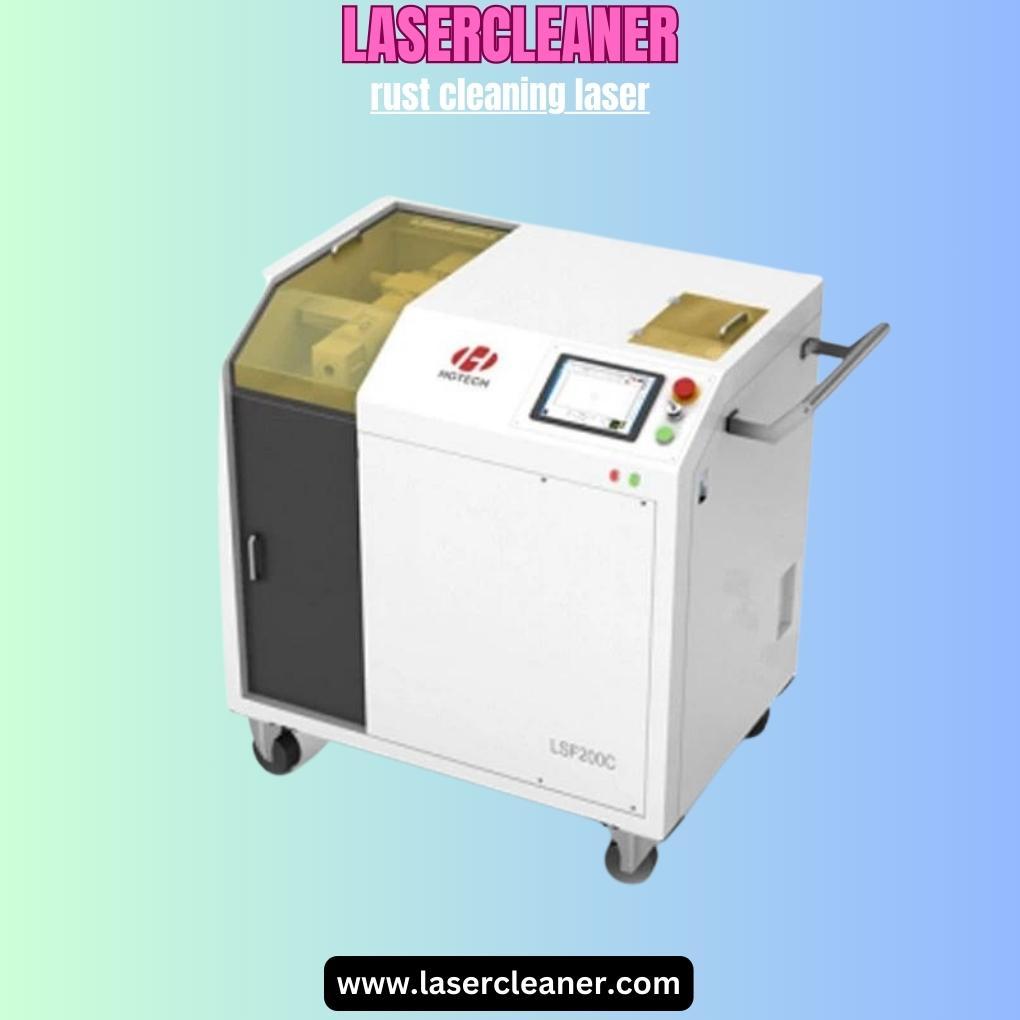Rust cleaning laser technology has emerged as a revolutionary method for removing rust and other unwanted contaminants from various surfaces. Unlike traditional methods such as abrasive blasting or chemical treatments, rust cleaning laser offers precision, efficiency, and environmental friendliness. In this guide, we'll delve into the intricacies of rust cleaning laser technology, outlining the process step by step for optimal results.
Step 1: Understanding Laser Cleaning Technology rust cleaning laser operates on the principle of selective absorption of laser energy by the contaminants on the surface. When exposed to laser radiation, rust absorbs energy, causing it to vaporize and detach from the substrate. This leaves the underlying material unharmed, making laser cleaning ideal for delicate surfaces.
Step 2: Safety Precautions Before commencing any rust cleaning laser operation, it's crucial to prioritize safety. Ensure the workspace is well-ventilated and free from flammable materials. Additionally, wear appropriate personal protective equipment, including laser safety goggles to shield eyes from potentially harmful radiation.
Step 3: Surface Preparation Prepare the surface by removing loose debris and contaminants using compressed air or a gentle brush. This ensures better efficacy during the laser cleaning process by minimizing interference from surface impurities.
Step 4: Adjusting Laser Parameters Select the appropriate laser parameters based on the nature of the rust and the substrate material. Factors such as laser power, pulse duration, and spot size should be optimized for efficient rust removal without causing damage to the underlying surface.
Step 5: Laser Cleaning Process Position the laser cleaning system at an optimal distance from the surface, typically a few inches away. Activate the laser and move it systematically across the rusted area, ensuring uniform coverage. Monitor the process closely to achieve the desired level of rust removal.
Step 6: Post-Cleaning Inspection After completing the rust cleaning laser process, inspect the surface to ensure all traces of rust have been effectively removed. Any remaining residues can be targeted with additional laser passes or alternative cleaning methods if necessary.
Step 7: Surface Protection Once the rust has been eliminated, consider applying a protective coating to prevent future corrosion. Various options are available, including paints, sealants, or corrosion inhibitors, depending on the specific requirements of the application.
Step 8: Maintenance and Upkeep Regular maintenance is essential to preserve the integrity of the cleaned surface and prolong the effectiveness of the rust removal treatment. Monitor the surface periodically for signs of corrosion and address any emerging issues promptly to prevent extensive damage.
Conclusion: Laser cleaning technology offers a cutting-edge solution for rust removal, providing unparalleled precision and efficiency while minimizing environmental impact. By following the steps outlined in this guide and adhering to safety protocols, you can harness the power of lasers to rejuvenate surfaces plagued by rust, extending their lifespan and enhancing their aesthetic appeal.
